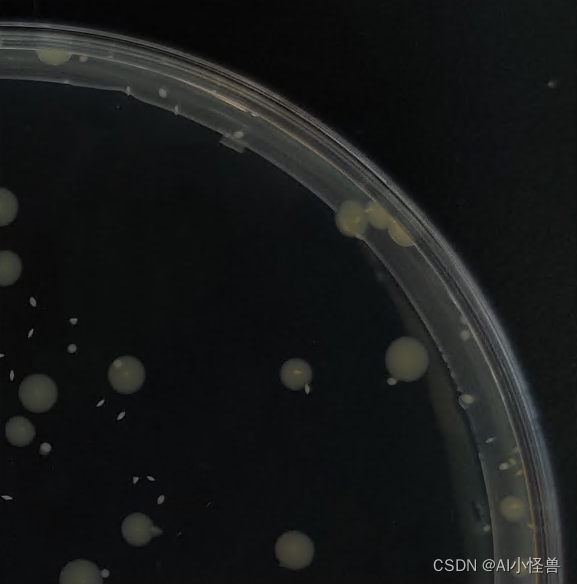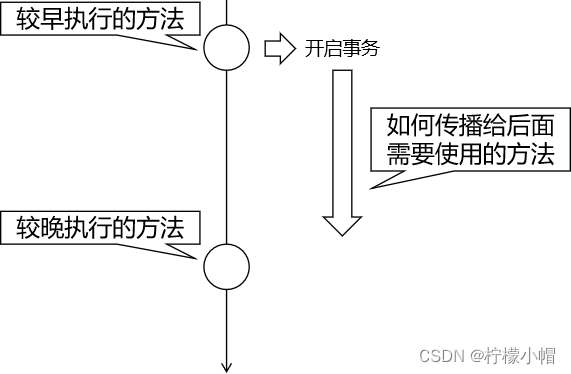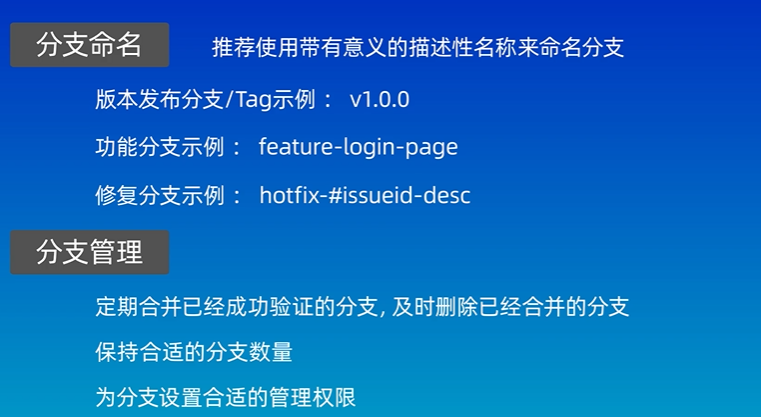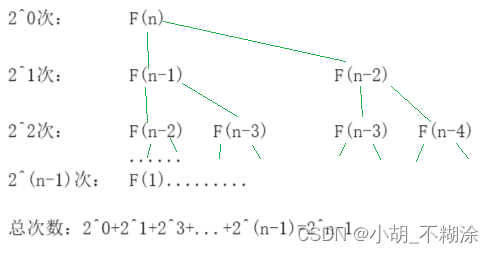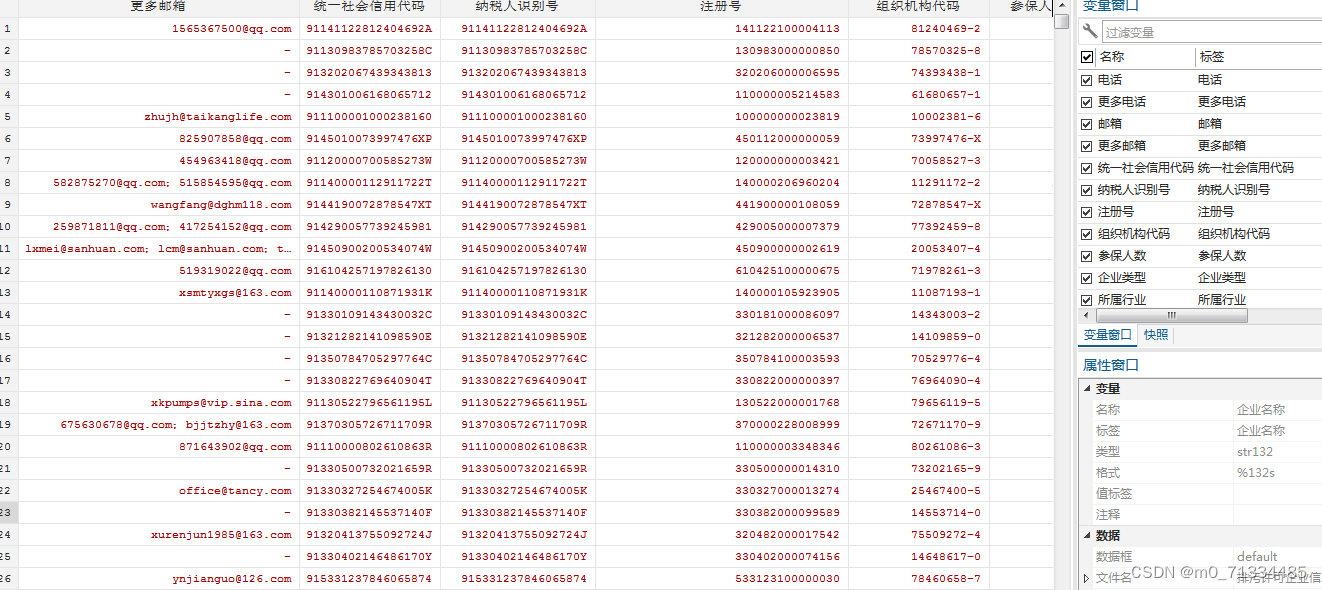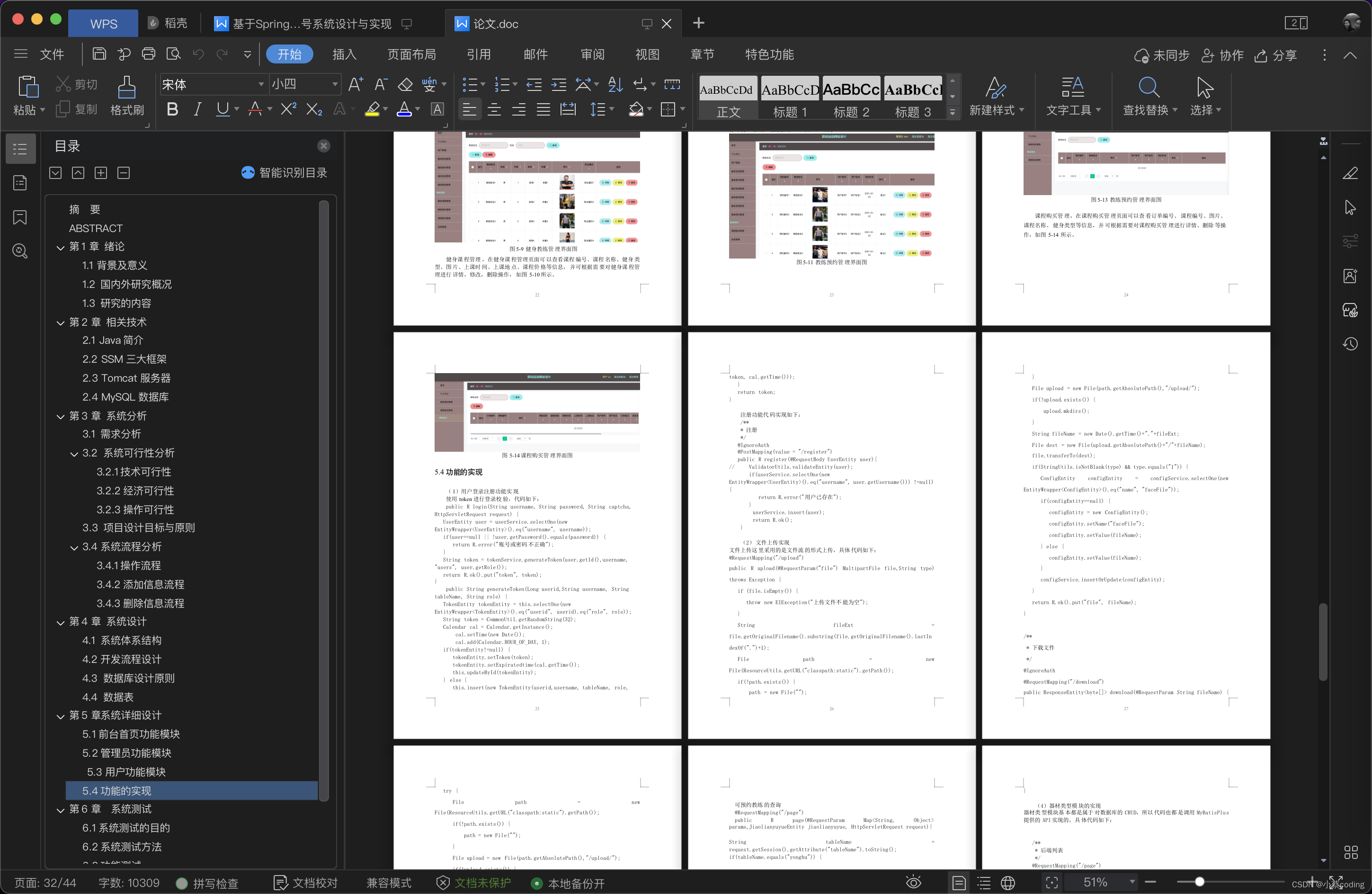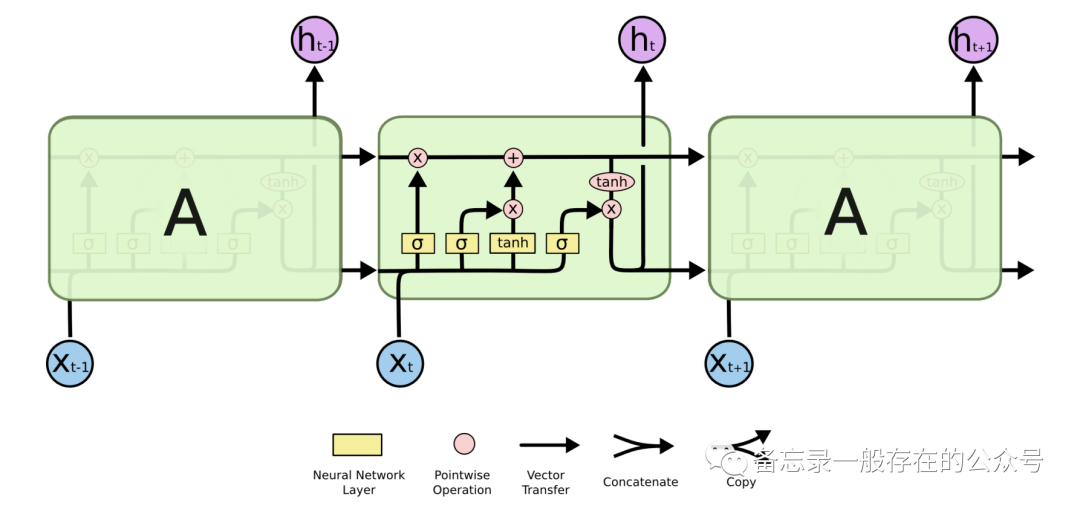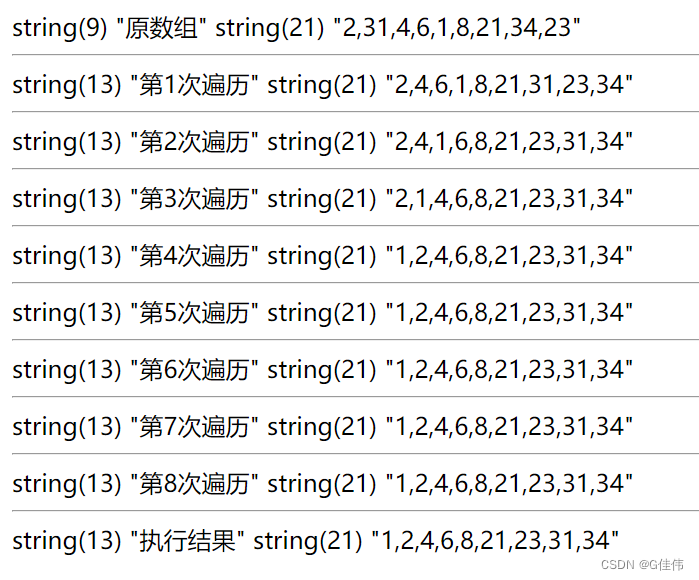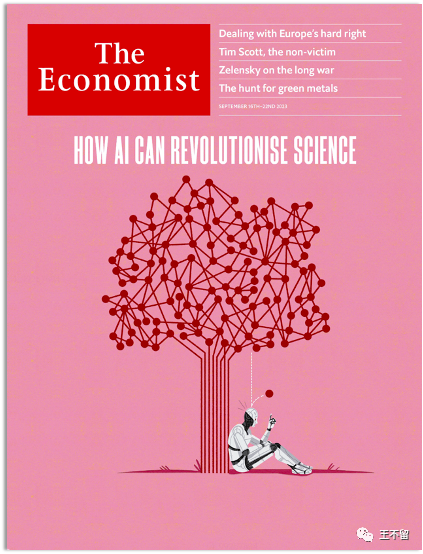
本期重磅推荐:2023年9月16日《经济学人》封面文章双语精读:How AI can revolutionise science(《AI将如何彻底改变科学》)
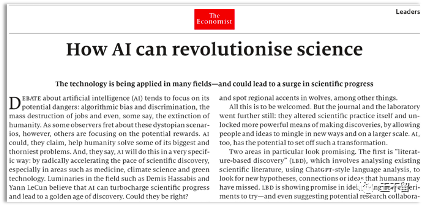
How AI can revolutionise science
AI将如何彻底改变科学
The technology is being applied in many fields—and could lead to a surge in scientific progress
这项技术正被应用于许多领域,并可能导致科学进步的激增……
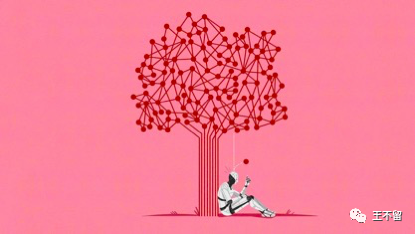
导读:
在开始阅读这篇文章之前,我们先一起来看一看上面这幅插图:树上结的不是苹果,坐在树下的也不是牛顿,但是,它落下来了,并且砸中了他……
在357年后的今天,当大幕再次拉开,我们还能再次看到一场万有引力般的神话上演吗?
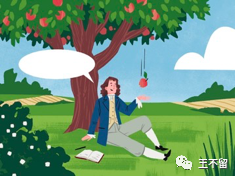
[1] Debate about artificial intelligence (AI) tends to focus on its potential dangers: algorithmic bias and discrimination, the mass destruction of jobs and even, some say, the extinction of humanity. [2] As some observers fret about these dystopian scenarios, however, others are focusing on the potential rewards. [3] AI could, they claim, help humanity solve some of its biggest and thorniest problems. [4] And, they say, AI will do this in a very specific way: by radically accelerating the pace of scientific discovery, especially in areas such as medicine, climate science and green technology. [5] Luminaries in the field such as Demis Hassabis and Yann LeCun believe that AI can turbocharge scientific progress and lead to a golden age of discovery. Could they be right?
【1】关于人工智能(AI)的争论往往集中在它潜在的危险上:算法上的偏见与歧视,就业机会的大规模丧失,甚至有人说,人类的灭绝。【2】然而,当一些观察人士对这些反乌托邦的场景感到忧心忡忡之时,另一些人则专注于其潜在的回报。【3】他们声称,AI可以帮助人类解决一些最大、最棘手的问题。【4】而且,他们说,人工智能将以一种非常特有的方式做到这一点:从根本上加快科学发现的步伐,特别是在医学、气候科学和绿色技术等领域。【5】这个领域的杰出人物德米斯·哈萨比斯和扬·勒昆等认为,人工智能可以加速科学进步,并引领一个发现的黄金时代。他们有可能是对的吗?
[1] Such claims are worth examining, and may provide a useful counterbalance to fears about large-scale unemployment and killer robots. [2] Many previous technologies have, of course, been falsely hailed as panaceas. [3] The electric telegraph was lauded in the 1850s as a herald of world peace, as were aircraft in the 1900s; pundits in the 1990s said the internet would reduce inequality and eradicate nationalism. [4] But the mechanism by which AI will supposedly solve the world’s problems has a stronger historical basis, because there have been several periods in history when new approaches and new tools did indeed help bring about bursts of world-changing scientific discovery and innovation.
【1】这样的说法值得研究,或许也可以有效地抵消对大规模失业和杀手机器人的恐惧。【2】当然,之前的许多技术都被错误地誉为灵丹妙药。【3】19世纪50年代,电报被誉为世界和平的先驱,20世纪初的飞机也是如此;上世纪90年代的权威人士说,互联网将减少不平等,根除民族主义。【4】但是人工智能解决世界问题的机制有更强大的历史基础,因为在历史上有几个时期,新方法和新工具确实有助于带来改变世界的科学发现与创新的大爆发。
语法小贴士:
上面段落第3句中“as were aircraft in the 1900s”是比较结构中的倒装+省略(严格来说不是省略而是指代)现象。把省略(指代)的部分还原,再把倒装的部分颠倒过来就是:“aircraft in the 1900s were (also) lauded as a herald”。
也就是说,在这个比较结构中,由于引导词as的介入,它一方面指代了前句的谓语动词“lauded as a herald”,一方面又“抢占”了原本属于主语“aircraft”句子开头的位置。
补一刀:英语就是喜欢讲究这些形式的东西。实际上,你as无论怎么蹦跶,也无论主语aircraft被“排挤”到哪个角落,这句话的主角还是人家。没有人家大灰机,你as算个毛啊!
中文万岁!
[1] In the 17th century, microscopes and telescopes opened up new vistas of discovery and encouraged researchers to favour their own observations over the received wisdom of antiquity, while the introduction of scientific journals gave them new ways to share and publicise their findings. [2] The result was rapid progress in astronomy, physics and other fields, and new inventions from the pendulum clock to the steam engine—the prime mover of the Industrial Revolution.
【1】在17世纪,显微镜和望远镜打开了发现的新视野,鼓励研究人员更钟情于自己的观察,而不是公认的古代智慧,而科学期刊的引入为他们提供了分享与公布发现的新途径。【2】其结果是天文学、物理学及其他领域的迅速发展,以及从挂钟到蒸汽机的新发明——它们是工业革命的原动力。

[1] Then, starting in the late 19th century, the establishment of research laboratories, which brought together ideas, people and materials on an industrial scale, gave rise to further innovations such as artificial fertiliser, pharmaceuticals and the transistor, the building block of the computer. [2] From the mid-20th century, computers in turn enabled new forms of science based on simulation and modelling, from the design of weapons and aircraft to more accurate weather forecasting.
【1】然后,从19世纪末开始,研究实验室的建立,将思想、人员与材料以工业规模汇集在一起,进一步催生了大量创新,如人工肥料、药品和晶体管(计算机的构建要素)等。【2】从20世纪中期开始,计算机反过来使从武器和飞机的设计到更准确的天气预报等基于模拟和建模的新形式科学成为可能。
[1] And the computer revolution may not be finished yet. [2] AI tools and techniques are now being applied in almost every field of science, though the degree of adoption varies widely: 7.2% of physics and astronomy papers published in 2022 involved AI, for example, compared with 1.4% in veterinary science. [3] AI is being employed in many ways. [4] It can identify promising candidates for analysis, such as molecules with particular properties in drug discovery, or materials with the characteristics needed in batteries or solar cells. [5] It can sift through piles of data such as those produced by particle colliders or robotic telescopes, looking for patterns. [6] And AI can model and analyse even more complex systems, such as the folding of proteins and the formation of galaxies. [7] AI tools have been used to identify new antibiotics, reveal the Higgs boson and spot regional accents in wolves, among other things.
【1】或许,计算机革命还没有结束。【2】AI工具和技术现在几乎被应用于每个科学领域,尽管采用的程度差异很大:例如,2022年发表的物理学和天文学论文中有7.2%涉及人工智能,而兽医科学的这一比例仅为1.4%。【3】人工智能在很多方面都有应用。【4】它可以识别有前途的候选物并对其进行分析,比如在药物发现中具有特殊性质的分子,或者具有电池或太阳能电池所需特性的材料。【5】它可以筛选大量的数据,比如粒子对撞机或机器人望远镜产生的数据,寻找规律。【6】人工智能还可以模拟与分析更复杂的系统,比如蛋白质的折叠和星系的形成。【7】人工智能工具已被用于识别新的抗生素,揭示希格斯玻色子(下面的解释可能很多人看不懂,但我还是要把它写出来),发现狼的地区口音等等。
知识点:希格斯玻色子
希格斯玻色子(Higgs boson)是标准模型里的一种基本粒子,是一种玻色子,自旋为零,宇称为正值,不带电荷、色荷,极不稳定,生成后会立刻衰变。希格斯玻色子是希格斯场的量子激发。根据希格斯机制,基本粒子因与希格斯场耦合而获得质量。假若希格斯玻色子被证实存在,则希格斯场应该也存在,而希格斯机制也可被确认为基本无误。
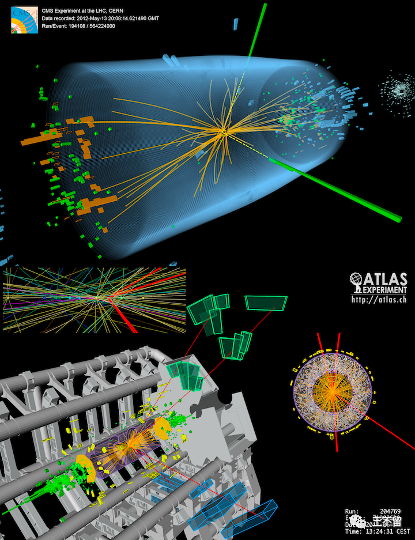
[1] All this is to be welcomed. [2] But the journal and the laboratory went further still: they altered scientific practice itself and unlocked more powerful means of making discoveries, by allowing people and ideas to mingle in new ways and on a larger scale. [3] AI, too, has the potential to set off such a transformation.
【1】所有这些都值得期待。【2】但是期刊和实验室走得更远:他们改变了科学实践本身,并通过将人和思想以新的方式和更大的规模融为一体,解锁出更加强大的发现手段。【3】人工智能,也有可能引发这样的转变。
[1] Two areas in particular look promising. [2] The first is “literature-based discovery” (LBD), which involves analysing existing scientific literature, using ChatGPT-style language analysis, to look for new hypotheses, connections or ideas that humans may have missed. [3] LBD is showing promise in identifying new experiments to try—and even suggesting potential research collaborators. [4] This could stimulate interdisciplinary work and foster innovation at the boundaries between fields. [5] LBD systems can also identify “blind spots” in a given field, and even predict future discoveries and who will make them.
【1】以下两个领域看起来尤其前途光明。【2】第一种是“基于文献的发现”(LBD),它包括分析现有的科学文献,使用ChatGPT风格的语言分析,寻找人类可能错过的新假设、新联系与新想法。【3】LBD在发现可尝试的新实验,甚至推荐潜在的研究合作者等方面显示出光明的前景。【4】这可以刺激跨学科的工作,并在不同领域的交叉点上促进创新。【5】LBD系统还可以识别特定领域的“盲点”,甚至可以预测未来的发现以及将由谁来做出这些发现。
[1] The second area is “robot scientists”, also known as “self-driving labs”. [2] These are robotic systems that use AI to form new hypotheses, based on analysis of existing data and literature, and then test those hypotheses by performing hundreds or thousands of experiments, in fields including systems biology and materials science. [3] Unlike human scientists, robots are less attached to previous results, less driven by bias—and, crucially, easy to replicate. [4] They could scale up experimental research, develop unexpected theories and explore avenues that human investigators might not have considered.
【1】第二个领域是“机器人科学家”,也被称为“自驱动实验室”。【2】这些机器人系统基于对现有数据和文献的分析,利用AI形成新的假设,然后通过在系统生物学和材料科学等领域进行数百次或者数千次的实验来对这些假设进行验证。【3】与人类科学家不同的是,机器人不太倚重于先前的结果,不太受偏见的影响,而且至关重要的是,它易于复制。【4】它们可以扩大实验研究的规模,形成意想不到的理论,并探索出人类研究人员可能从未考虑过的途径。
[1] The idea that AI might transform scientific practice is therefore feasible. [2] But the main barrier is sociological: it can happen only if human scientists are willing and able to use such tools. [3] Many lack skills and training; some worry about being put out of a job. [4] Fortunately, there are hopeful signs. [5] AI tools are now moving from being pushed by AI researchers to being embraced by specialists in other fields.
【1】因此,AI有望改变科学实践的想法是可行的。【2】但主要的障碍是在社会学方面:只有当人类科学家愿意并且能够使用这些工具时,上述想法才会成为现实。【3】他们中有许多人缺乏技能与培训;有些人担心被抢了饭碗。【4】幸运的是,有希望的迹象。【5】现在的AI工具正由原来被AI研究人员“强推”转变为其他领域的专家主动“拥抱”。
[1] Governments and funding bodies could help by pressing for greater use of common standards to allow AI systems to exchange and interpret laboratory results and other data. [2] They could also fund more research into the integration of AI smarts with laboratory robotics, and into forms of AI beyond those being pursued in the private sector, which has bet nearly all its chips on language-based systems like ChatGPT. [3] Less fashionable forms of AI, such as model-based machine learning, may be better suited to scientific tasks such as forming hypotheses.
【1】政府和资助机构可以通过推动共同标准更加广泛的使用,使人工智能系统能够交换并解释实验室结果和其他数据。【2】他们还可以资助更多的研究,将AI的“聪明才智”与实验室机器人相结合,与AI结合的形式应超越私营部门目前所追求的目标——因为私营部门把几乎所有的筹码都押在了像ChatGPT这样基于语言的系统上。【3】不太流行的人工智能形式,如基于模型的机器学习,可能更适合于诸如形成假设之类的科学任务。
The adding of the artificial
添加“人造器官”
[1] In 1665, during a period of rapid scientific progress, Robert Hooke, an English polymath, described the advent of new scientific instruments such as the microscope and telescope as “the adding of artificial organs to the natural”. [2] They let researchers explore previously inaccessible realms and discover things in new ways, “with prodigious benefit to all sorts of useful knowledge”. [3] For Hooke’s modern-day successors, the adding of artificial intelligence to the scientific toolkit is poised to do the same in the coming years—with similarly world-changing results.
【1】在1665年那个科学飞速发展的时期,英国博学多才的罗伯特·胡克(详见下面注释)将显微镜和望远镜等新科学仪器的出现描述为“给自然的器官增加了人造器官”。【2】它们让研究人员探索以前无法进入的领域,并以新的方式发现事物,“对各种有用的知识都有非凡的益处”。【3】对于胡克的现代继承者来说,在未来数年,将人工智能添加到科学工具包中也将起到同样的作用——所带来的结果同样会改变世界!
知识点:罗伯特·胡克
罗伯特·胡克(Robert Hooke,1635年7月18日—1703年3月3日),英国自然科学家、发明家。在物理学研究方面,他提出了描述材料弹性的基本定律——胡克定律,且提出了万有引力的平方反比关系。在机械制造方面,他设计制造了真空泵、显微镜和望远镜,并将自己用显微镜观察所得写成《显微术》一书;“细胞”的英文:cell,即由他命名。中文翻译后即称为细胞。
在新技术发明方面,他发明的很多设备至今仍然在使用。除去科学技术,胡克还在城市设计和建筑方面有着重要的贡献。但由于与牛顿的论争导致他去世后鲜为人知,近来对胡克的研究方逐渐兴起。胡克也因其兴趣广泛、贡献重要而被某些科学史家称为“伦敦的李奥纳多”。
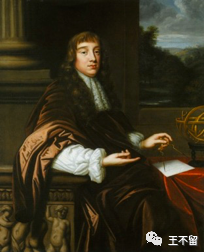
海国图志#7:这一周难忘瞬间,吐血整理,不得不看
CATTI考试,拿证必看篇:CATTI备考,你不可不知的东西都在这里!
2023年CATTI备考经验:工作20年英语近荒废,两战CATTI二笔终成功
The long goodbye 漫长的告别 | 经济学人20230909版社论双语精翻
